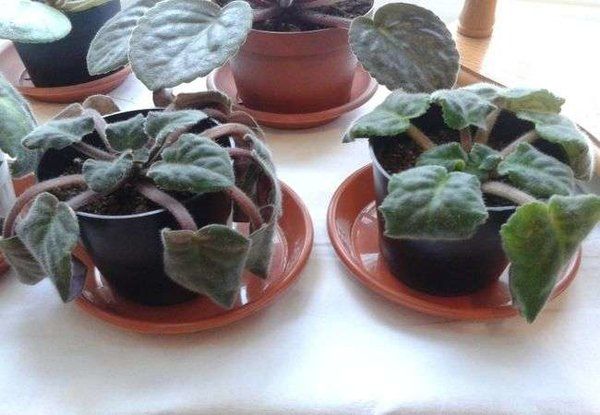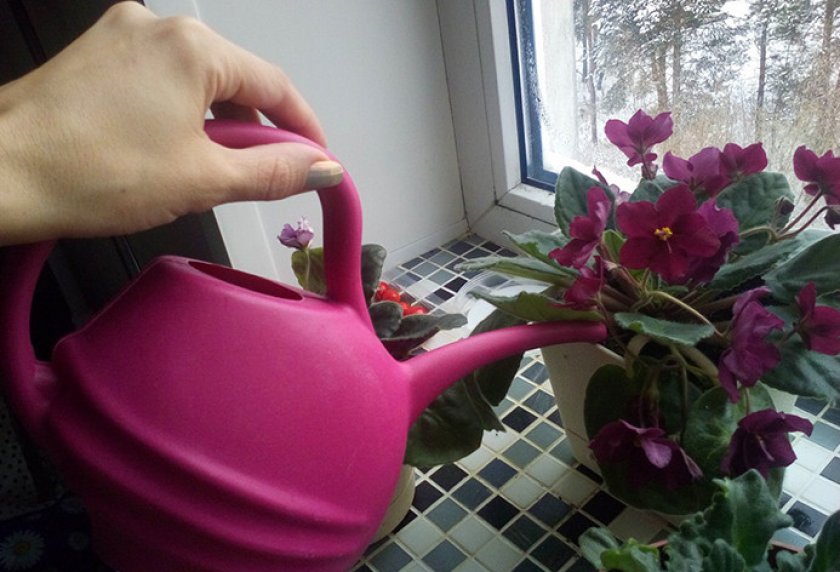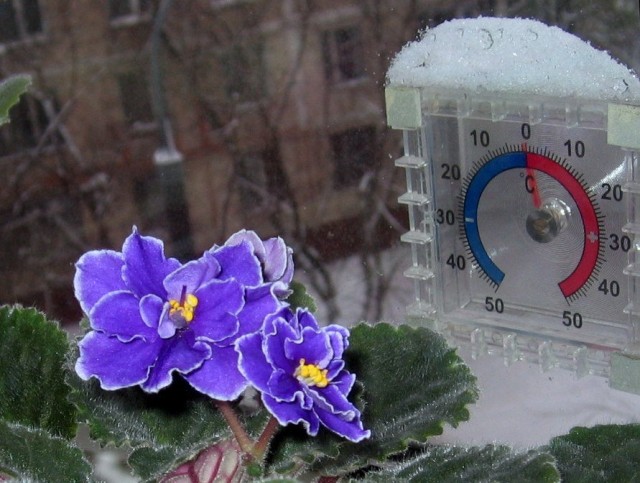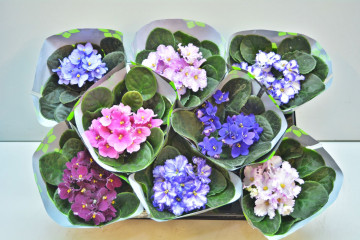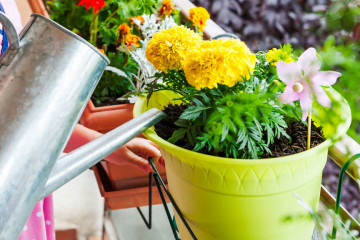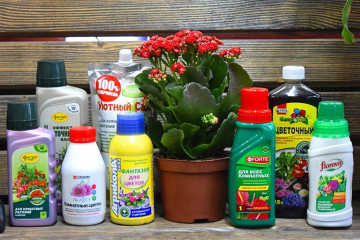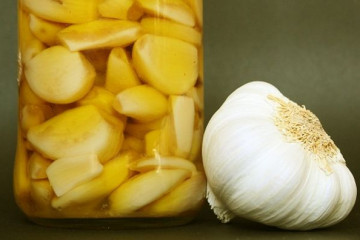How to water violets - rules and features of watering
Content:
In order for violets to please with cyclical flowering and bright flowers, you need to know how to properly water these delicate plants. It is important to maintain a balance: do not overflow, but also do not leave the plant without sufficient moisture. Watering violets is a troublesome business, but if everything is done correctly, the plant will always thank you with bright colors of its petals.
Proper watering of violets at home
Before watering violets, you need to take into account the influence of a number of environmental factors. Do not forget about the peculiarity of the structure and functioning of the root system. Sufficient saturation of the flower with nutrients and moisture depends on it.
Features of the root system of violets
Few gardeners, especially amateurs or beginners, take into account the fact that the root system in violets has a short-term functioning. Mature roots after a while are replaced by new ones that appear from the adventitious branches.
In turn, the adventitious roots, having fulfilled their purpose, also die off. With a certain cyclicality, the entire root system of the flower goes through a period of complete renewal.
Along with the death of old roots, the aging of the flower occurs. During this period, it must be strengthened in order to prevent the death of the plant.
What intensity of watering do violets like?
Experts recommend feeding the plant at the same time.
It is impossible to unequivocally answer the question of how regularly it is necessary to irrigate Saintpaulia. The frequency of watering for each flower is individual. It depends on many factors.
Factors that affect the intensity of water consumption
To understand how to water violets in a pot at home, you need to consider the following nuances:
- air temperature;
- intensity of natural light;
- humidity - this factor will change depending on the season;
- substrate - the drier it is, the more regularly you need to feed the violets with water;
- flowering - during this period the plant needs more moisture;
- the age of the bush;
- development of the root system - if the roots are completely entwined with an earthen lump, this leads to a rapid drying out of the soil.
The negative consequences of improper watering
Lack of moisture or its excess, have a bad effect on the state of the violet, leading to gradual death:
- Excessive moisture - the roots die off, spots appear on the leaves. This is due to the fact that water stands in the ground, not allowing nutrients to pass through.
- Filling flower organs with top watering - rotting of the growing point.
- Water ingress on the leaves when watering from above - the appearance of brown and yellow spots.
- Lack of water - leaves wither and fall off.
- Using too hard liquid - the appearance of a yellow-white crust on the top layer of the soil.
- Rare watering - a space is formed between the ground and the walls of the container.
Excessive flooding can lead to mold on the ground. Because of it, the soil is less permeable to air, and the roots cannot fully "breathe".
Basic watering methods
There are several methods of watering. You need to know which one is suitable for a room violet so that it feels good and fully develops.
Upper
This is a classic watering method that can be used to care for violets.
The essence of the method is that the water should only fall under the root or be absorbed by the earth along the edges of the pot. It is best to use a syringe without a needle, a very narrow nosed watering can, or a syringe. The liquid must be poured until it appears at the bottom of the sump. Its surplus is removed after 20 minutes.
Through the pallet
This method is recommended for the cold season. Water is poured directly into the pot base until the soil no longer absorbs it. After 15 minutes, the residues are drained.
Capillary
The technique is used for young violets. Several pots are placed in one box. A capillary mat is placed on the bottom. It is a piece of non-woven material that is saturated with liquid and keeps it in itself for a long time.
Plants that stand on the mat gradually absorb the water with their roots. This method is preferable because the flowers are constantly receiving moisture. The method reliably prevents the soil from drying out.
Wick
The method is suitable for those who are forced to leave home for a long time. Thanks to the use of a wick, the liquid will flow to the flower drop by drop for a long time.
The wick with one end is lowered into a container with water, its other end is inserted into the drainage hole in the flowerpot. If the flowerpot is small, you can use a plastic cup. Water is poured into it, a container with a violet is placed on top, but so as not to touch the liquid. At the same time, the wick is in the water, and rises into the drainage hole.

The wick irrigation method is one of the most suitable, it makes it possible to saturate the plant with moisture for a long time
Immersion
This irrigation method is known as Texas. Flowers like it very much, but the gardener will have to spend time and effort to create the conditions for its organization.
Holes are made on the sides of the flowerpot at a height of 5 cm from the bottom of the container. Perlite is laid to the level of the holes, earth is on top of it. A container with a flower is placed in a cuvette, the liquid is poured to the holes made.
It is impossible to heat the holes with water, so as not to block the access of oxygen to the roots. Using this method of irrigation, it is recommended to choose the soil from fibrous peat.
Seasonal watering
The intensity of watering the violets depends on the season. Based on the weather conditions, the temperature and humidity level will change.
In winter
In winter, violets need rest, so the frequency of watering should be reduced. In the cold season, the use of top dressing is excluded, the abundance of lighting decreases. The recommended frequency of watering is from 1 to 3 times a week.
In summer
In summer, the frequency of watering depends on the temperature in the room, the ideal for violets is 25 ° C. At this temperature, you can water the flower every other day.
If the room is very hot, daily watering is allowed.
Irrigation water characteristics
In order for the violet to grow well, in addition to the correct irrigation technique, it is necessary to select the optimal water parameters for it. What matters is the hardness, acidity and temperature of the liquid.
Temperature
Regardless of the season, you need to water the flowers with warm water. The use of cold liquid will lead to diseases of the violet and its decay. The ideal temperature is 35 ° C - 40 ° C.
Acidity
The acidity level should be neutral - from 5.5 to 6.5 pH.
Rigidity
The fact that the water is too hard will indicate the presence of white plaque on the ground and on the walls of the flowerpot. To reduce the hardness index, vinegar (1 tsp per 1 liter) or citric acid is added to boiled water - 5 crystals per 1 liter.
This water can be used no more than 1 time per month.
Can I use boiled tap water
Running water is definitely not suitable for this indoor flower. It contains chlorine, a high concentration of mineral elements that have a destructive effect on the plant. When boiled, on the contrary, all useful substances evaporate.
The ideal option is to run water through a filter. The main thing is that there is no silver in it. If there is no filter, running water should be left to stand for a day. During this time, chlorine will come out of it and the concentration of minerals will decrease.
How to water at different stages of development, transplant, rejuvenation
Features of watering violets, at different stages of their development, are presented in the table.
| During and after the change of soil | During flowering | Rejuvenation period |
| Directly when changing the land, the violet is watered abundantly 1 time. The moisture will last from 7 to 10 days. After that, the procedure is carried out no earlier than 7 days later. | When buds appear, the amount of water and the frequency of watering increase. This will ensure long lasting and abundant flowering. In order not to flood the plant, you need to focus on the color of the soil. If it is light, moisture is needed, if it is dark, it is not worth watering yet. | After removing the bad roots and changing the soil from the flower, it needs to be watered. The water is poured so that it does not fall on the leaves or in the middle of the outlet. |
Experienced gardener tips, watering mistakes
Gardeners' recommendations will help you avoid common mistakes in watering violets and preserve the beauty of the flower:
- Beginning flower growers are worried if the leaves are dry on a violet, whether it is possible to spray them - no, this is not recommended. If the indoor air is dry, they can be wiped with a damp cloth.
- If the plant suffers from overflow, it is reanimated with a 0.02% succinic acid solution. Another way is liquid vitamin B12 (1 ampoule per 1 liter of water).
- It is forbidden to pour water on the leaves under any circumstances, as well as splashing on them.
- Do not leave water in a container under a flowerpot. It must be removed 15-20 minutes after watering.
- Transplanted violets cannot be wetted with a wick method; they need at least 20 days to recover.
- Small or young flowers are best watered with a small enema.
Watering violets is a responsible business. The intensity of growth and flowering of beautiful, exquisite flowers depends on the quality of water and the frequency of moisture.

